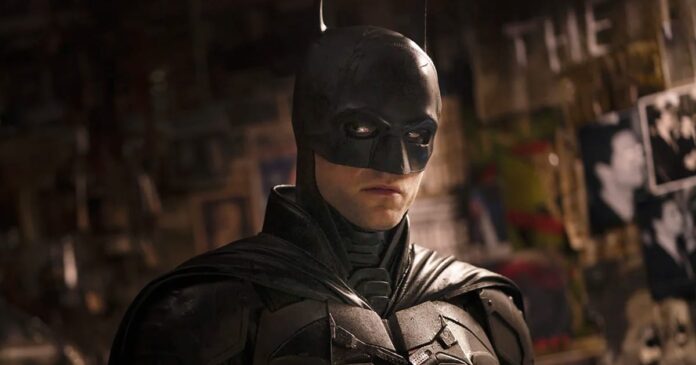With streaming platforms seemingly botching the release of movies shot darkly and exhibition on the decline, are movies too dark looking?
Earlier this week, we posted a rather disturbing story about how the Neon-produced horror flick Immaculate apparently looks awful on streaming. Many viewers have complained about the movie looking almost comically dark, posting screen captures that make it look amateurishly shot. Here’s the thing, though – that’s not how the movie is supposed to look. The tweets caught the attention of director Michael Mohan, who wrote the following in reply to one angry tweeter: “I know, man. This was absolutely not done intentionally. We have no control over the compression specs of each platform. It’s a real problem that truly bums me out, and after comparing them all, iTunes is the closest to what we wanted / brighter than the rest.”
Notably, in the comments horror director William Brent Bell posted that the same thing happened to him with the release of Orphan First Kill:
I saw Immaculate theatrically and on a very well-calibrated screen (it looked so good I gave the cinematography a shout-out in my review), as the screening was in a post-production house in Montreal. The local distributor has the good taste in screening their movies at this place. But almost every movie I actually pay money to see looks too dark, to the point that I usually wait for streaming to catch up on movies I miss, so it’s troubling to hear the releases are being botched. As much as we love 4K physical media and theatrical releases, most people will see these movies streaming.
However, even if one discounts the declining standards of exhibition or botched streaming releases (I’d still like to know exactly what happened), I think we can all agree that movies have gotten too dark. It seems like Hollywood has a knack for jumping on trends as far as the look of movies go. For the longest time, orange and teal was the style most movies were aiming for, while arthouse movies went for another trend, which was to shoot films in the 1:33:1 ratio (Tyler complained about this in his In A Violent Nature write-up). Nowadays, most movies seem to be opting for this highly specialized dark look which probably only actually looks good in a Dolby Theater (the gold standard in the U.S) or on a perfectly calibrated 4K TV. Many people don’t see movies that way, and if a movie is shot too darkly, the director and DP run the risk of their movie being almost unintelligible.

This happened when the Bradford Young-shot Solo: A Star Wars Movie hit theatres. I saw it at a local theatre here in Montreal which was using crappy, half-dead bulbs, so I could barely make out what was happening on screen. That’s not the fault of the filmmakers, but they do seem out of touch with how the state of exhibition varies. Solo demanded absolutely top-notch exhibition, but I’d wager it looked too dark more often than it looked good. When movies were projected on film, it was different as there seemed to be an easier standard to follow. Not so nowadays with digital projection. Sometimes it looks outstanding, but unless I see a movie in IMAX these days, it’s rare I walk away really happy with the way it looks.
Another movie shot very dark was Matt Reeves’ The Batman. We had to lighten pretty much every still we ran from the Grieg Fraser-shot film because they looked unintelligible. When I saw it in IMAX, it looked great, but I bet people who saw it in a conventional theatre had serious problems.
Of course, this is a big problem on the small screen too. A few years ago, House of the Dragon infamously ran an episode most people had difficulty deciphering. Just recently, I had to turn Dolby Vision off on my Apple TV when watching Severance because too many scenes were hard to make out. I doubt I’m alone in this concern.
Regarding home viewing, it’s important to calibrate our screens properly. I run Dolby Vision Bright when streaming, with the gamma at about 1.8. That said, I sometimes have to fiddle around with my settings when watching a dark movie. I recently picked up Clint Eastwood’s Unforgiven in 4K and found it hard to watch in Dolby Vision, but it looked fine in HDR 10.
So what do you think? Are movies too dark? Are TV’s and streaming unable to handle the look of a very dark film properly? I’m curious to hear from you, and if you have any preferred 4K settings, let us know in the comments!



